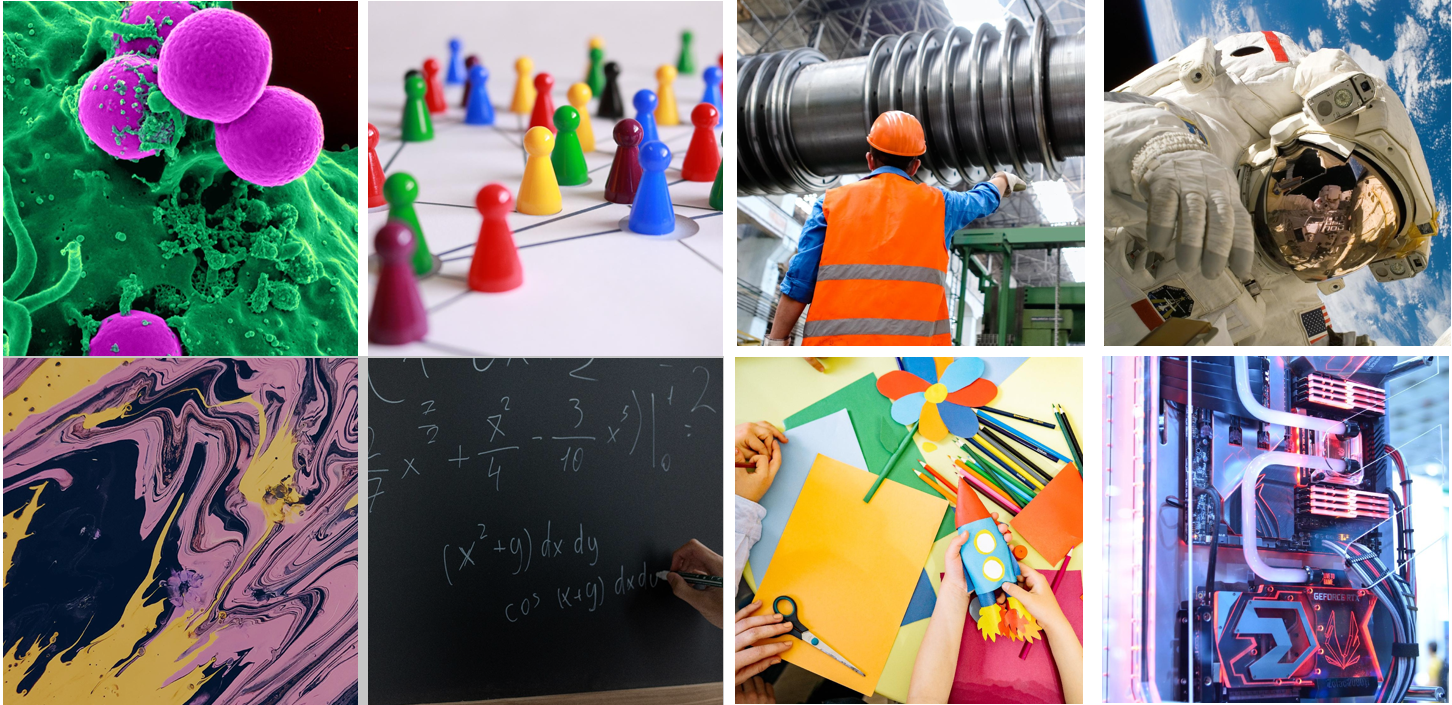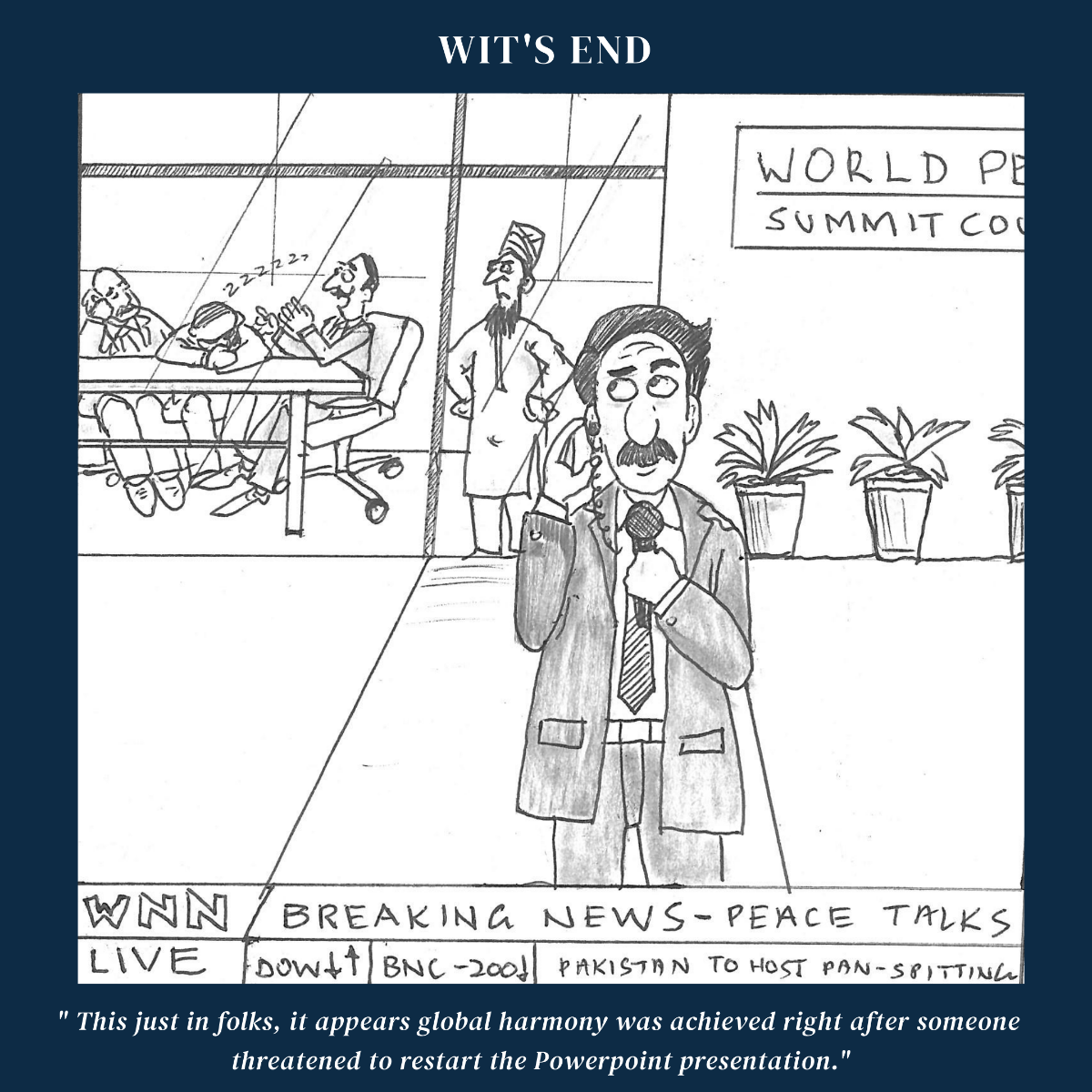STEAM & Fire
April 18, 2023
STEAM Fire
The Limits of Revolutionizing Education
By Sabeen Rizvi
Education- Tool or Process?
Education, though a powerful tool in the advancement of humanity, has always been an imprecise craft. In recent years, education has come to mean, simply ‘the preparation of students to become productive members of a particular profession or industry’. Although, on the surface it seems reasonable to expect such an outcome, it is not why education was established as a part of our ‘natural’ human activities. In truth, education has always had broad connotations and varies from place to place. Though the idea is always the same, to impart knowledge so that it can become a foundation for growth. To elaborate, the knowledge acquired can be used and then built on to improve understanding, skill and even expand the subject being studied itself. From this perspective, education is a multi-faceted part of our daily lives, from infancy to old age. Still, the common modern definition stands.

ArtcKnowledge
Even more concerningly, in recent years, STEM (Science, Technology, Engineering, and Mathematics) has come to dominate the idea of education entirely. Arts programs have been defunded across the world, and any interest in art is seen as a way to pad your college resume to impress prestigious universities. Not only this, but the entire notion of the arts has been devalued. A career in arts is, at most, a luxury for the rich. Even for those who pursue art despite not having vast amounts of independent wealth, there is the expectation that they will likely require a “day job” or a uniquely high level of business acumen to float them through. Now, there have been many think-pieces dedicated to how art is important, so I will only devote a single line to it:
Art is as intrinsic to knowledge as science or any other field of inquiry.
Intuitively, we know it is inextricable from our understanding of reality and existence. There is no reason to explain further, in my view.

The Power of STEAM
Enter, STEAM. A modification of the previous acronym, with the simple addition of ‘A’ for art. Its founder and chief architect, is an eclectically educated and obviously brilliant researcher named Georgette Yakman. She has worked or studied in a variety of fields, from textiles to architecture. It is no surprise, then, that the idea of art in science etc., would be an attractive one to someone with such a broad well of experience. Underlying this new way of teaching is the notion that all these subjects complement one another. Her explanations of STEAM involve information about various projects carried out by and alongside students she has taught over the years, all of which have a strong element of what we usually call ‘design’. Through this, art is integrated into the existing world of STEM, where it can fuel creativity, while STEM is expected to incorporate new innovations into art. This is a valiant effort and a positive step toward reintegrating art into the realms of respectability. There, it is more likely that art will not be consumed by the demands of technology and commerce, and will remain the crucial aspect of human life that it has always been.
The Limits of Educational Design (and Redesign)
However, is this enough? So to speak, is it enough to argue for the value of art merely through its connection to science and technology? Is it fair to argue that any of the aspects of STEAM should be viewed through the lens of ‘usefulness’? Certainly, humanity requires a certain amount of commerce to survive. Yet, devoting all our time and effort to economic growth (as STEM and STEAM implicitly aim to do) seems to be yielding poor results thus far. And not just for our environment, but for our minds. To illustrate, the struggle of modern academics seems to be more centered around what they can publish (and where) rather than the quality of the research itself. For the modern artist, as mentioned earlier, the fear is not being able to ‘monetize’ their work. In fact, any student you ask today is worrying about their ‘financial future’. How to survive in an economy where unmet needs have been replaced by material wants? But that is to go outside the realm of this discussion.
The Big Picture – Education as a Microcosm
The main question is really, ‘is STEAM enough?’ Will it deliver the great revolutions in understanding so much of human progress has depended on, since a time before we had even begun to make fire? To a degree, it has brought a new dimension to STEM and slowed the unyielding march toward removing the very concept of art from education and human life altogether. On the other hand, it may be time to look into the concept of education itself, to see if there isn’t a problem deeper in its core— and therefore at the core of modern life— that an art-accommodating approach to pedagogy alone can’t fix.
Sources:
1.https://www.researchgate.net/profile/Georgette-Yakman-2/publication/327449281_What_is_the_point_of_STEAM-A_Brief_Overview/links/5b901b98a6fdcce8a4c2f290/What-is-the-point-of-STEAM-A-Brief-Overview.pdf
2.https://m.youtube.com/watch?v=QtjuALN4qrw
Click to share
Recent Blogs
December 9, 2025
December 2, 2025
November 25, 2025



